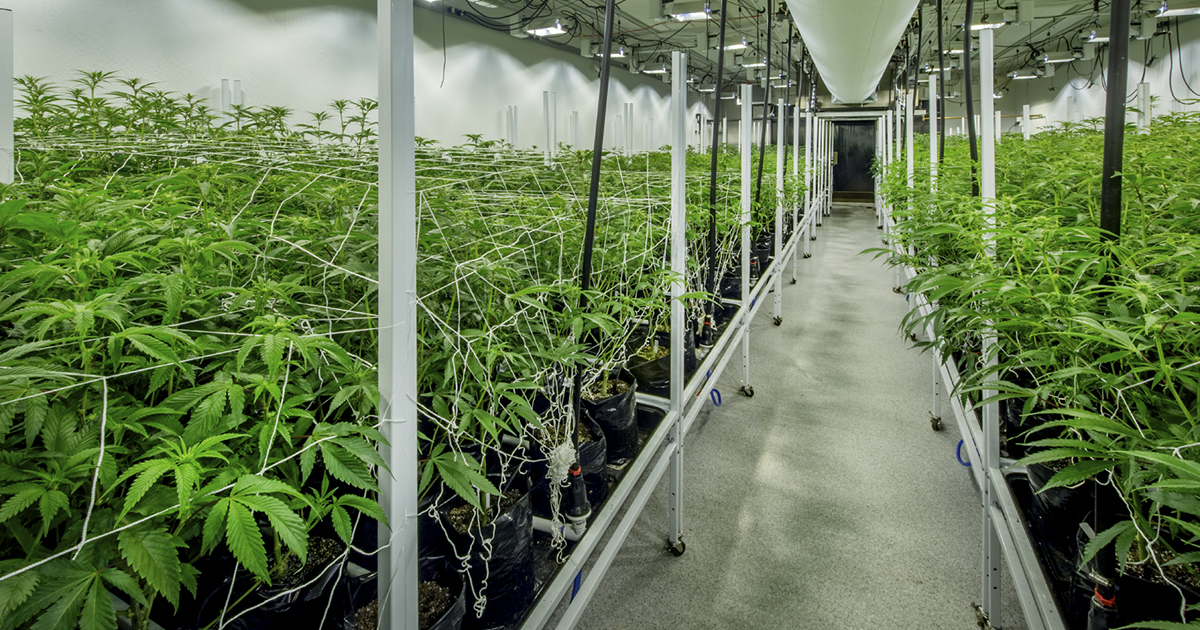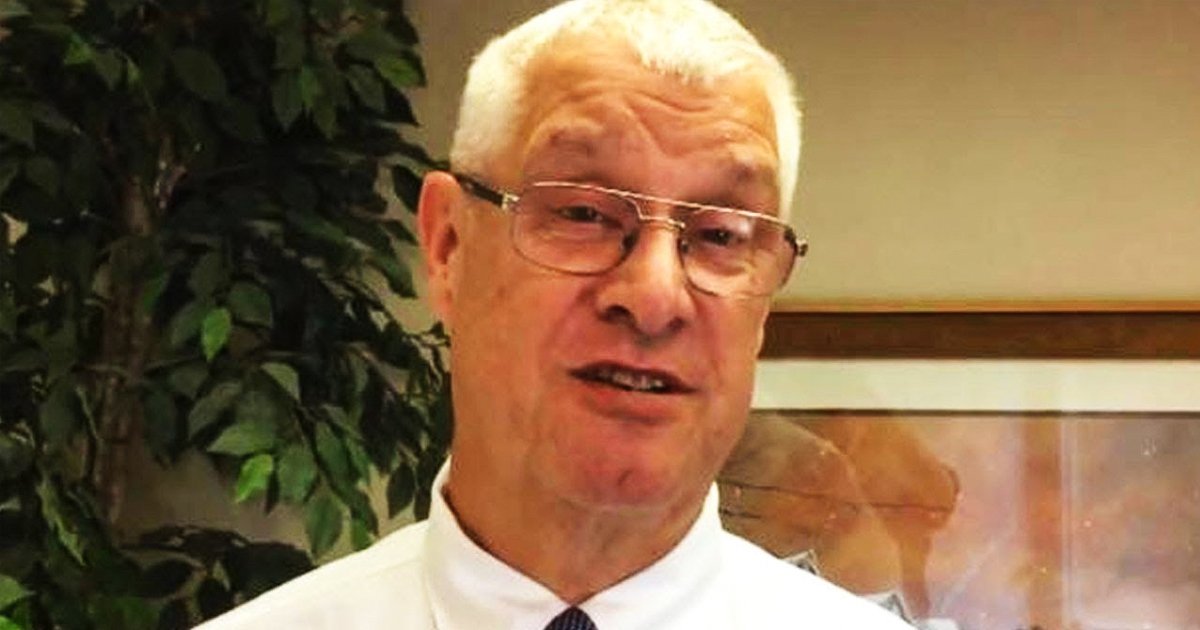Considering recent medical research on cannabis and its effectiveness as an alternative treatment, it would be surprising if Big Pharma wasn’t behind all the resistance to state laws legalizing marijuana.
In Colorado and Washington, several municipal and county governments last year banned or restricted marijuana sales. Lawmakers across the country at both the federal and state levels continue in their efforts to ban all forms of cannabis – including strains used for medical purposes.
Medical marijuana holds incredible potential to treat a range of symptoms and disease. This makes it a serious threat to Big Pharma and its profits. The Journal of the American Medical Association (JAMA) found reasonable evidence supporting conclusions that marijuana is an effective treatment for chronic pain and muscular stiffness in patients suffering from multiple sclerosis. The jury is still out on the use of medical marijuana for the treatment of Alzheimers, glaucoma, kidney dysfunction and lupus, currently allowed in several states. However, it’s definitely not harming patients – unlike many prescription drugs.
One marijuana strain in particular may have Big Pharma especially worried, as it could be a miracle cure for children suffering from severe seizures.
The story begins with a young girl named Charlotte Figi, who will be nine years old on her next birthday. Charlotte suffers from a form of epilepsy known as Dravet Syndrome. Appearing in infancy, this genetic disorder causes severe seizures, triggered by fever or high temperatures. She was first treated with medical marijuana for her condition at the age of five. Her parents and the family doctor report that the frequency and severity of Charlotte’s seizures were significantly reduced after the first treatment.
The variety of cannabis known as “Charlotte’s Web” was first developed a few years ago by crossbreeding a sativa variety of cannabis with its close – but non-psychoactive – relative, industrial hemp. This hybrid strain is low in THC content, which means it does not result in the “high” of smoking regular marijuana. It is therefore of little interest to recreational users. However, Charlotte’s web is high in CBD, or cannabidiol. This is the biochemical that is proving to have therapeutic value. Because it does not have mind-altering properties, it is better for use as a medication. Current research indicates that CBD is useful in the treatment of rheumatoid arthritis, ulcerative colitis, inflammation of the liver, heart disease and even diabetes.
Charlotte’s Web is not the only example of CBD-enriched marijuana specifically intended for medical use. In 2012, an Israeli company came out with a marijuana strain with virtually no THC at all, but high in CBD. That company, Tikun Olam, filed a patent application for the plant last year.
Around the same time, a UK-based company, GW Pharmaceuticals, came out with an orally-administered form of CBD, marketed as Epidolex©. That drug has been approved by the FDA as an “orphan drug,” meaning it is only permitted for a single use – in this case, the treatment of Dravet Syndrome. GW Pharmaceuticals has also produced another marijuana-derived prescription medication, sold as Sativex®. This is used in the treatment of MS patients for controlling spasms related to the condition. It is not yet available in the U.S., but was given “Fast Track” designation by the FDA last year and is currently undergoing Phase III clinical trials.
Another line of investigation has to do with drugs used to treat psychosis, depression, social anxiety disorder and schizophrenia. Studies indicate that CBD-based medications are effective alternatives to neuroleptics (anti-psychotic drugs) such as risperdone, clozapine or fluoxetine (Prozac) – but without the negative side-effects.
Here is an interesting fact: the federal government has officially denied the medical value of marijuana for decades. Nonetheless, the U.S. Department of Health and Human Services has held a patent on cannabidiol since 2003. Now, consider that Big Pharma has the FDA in its back pocket. It doesn’t take a Sherlock Holmes to figure out who would want to keep a tight lid on open medical marijuana sales.




